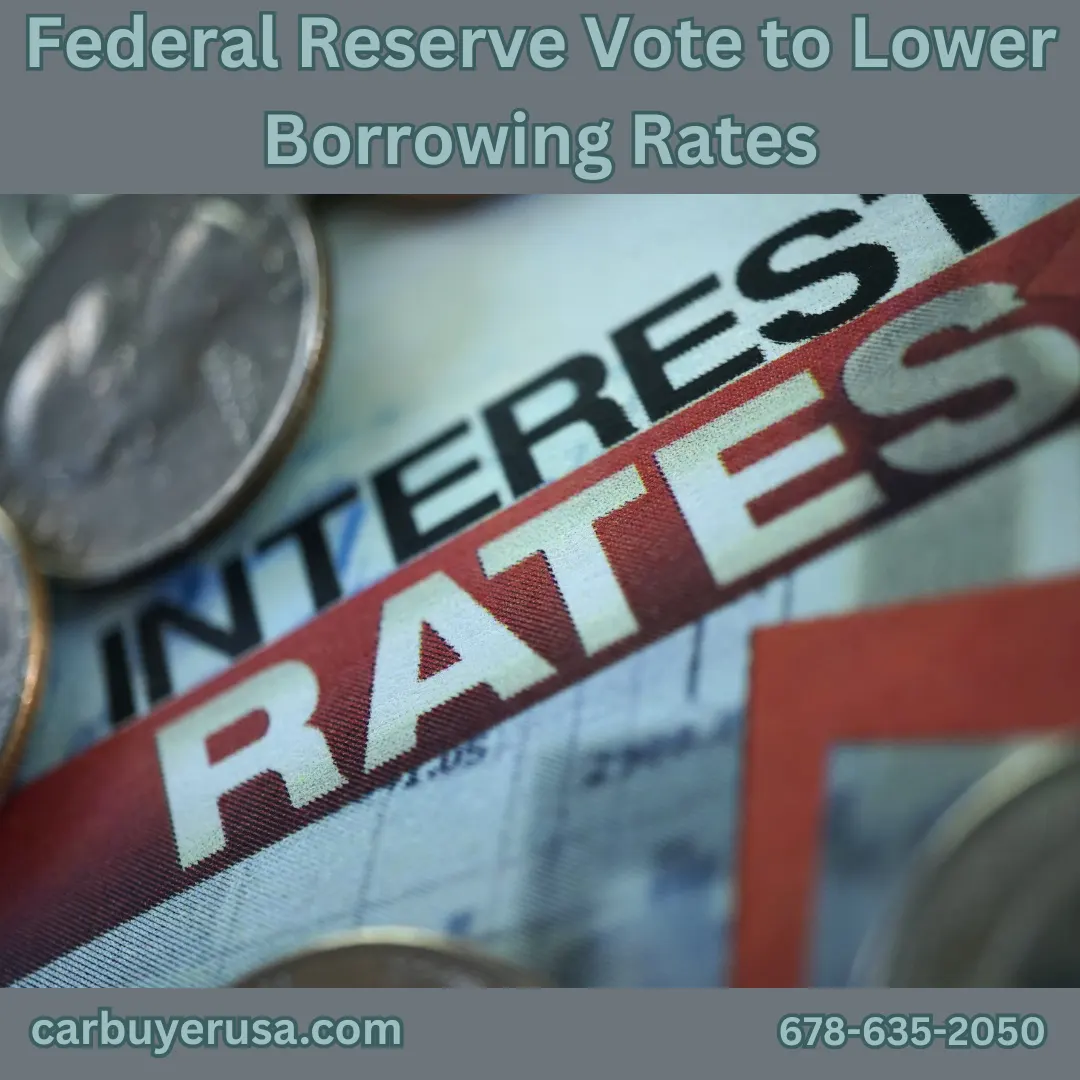
In a 10-2 vote last week, the Federal Open Market Committee (FOMC) decided to lower borrowing rates. a move that could have a ripple effect across nearly every corner of the economy. While the decision reflects concerns about slower growth and cooling inflation, it’s also welcome news for consumers, businesses, and anyone managing debt or considering new financing.
The FOMC’s rate cut essentially reduces the cost of borrowing for banks, which in turn lowers the interest rates consumers see on loans, credit cards, and mortgages. When rates fall, borrowing becomes cheaper, spending increases, and the broader economy gets a boost. It’s a delicate balancing act: the Fed aims to encourage healthy economic activity without reigniting inflationary pressures.
Why the Fed Made the Move
The vote to cut rates came after months of mixed economic signals. Inflation has eased from its post- pandemic highs but remains stubborn in some sectors. Meanwhile, job growth has slowed, and consumer confidence has shown signs of strain. Lowering borrowing costs helps cushion those pressures by making it easier for households and businesses to spend, invest, and refinance.
In essence, the Fed is trying to prevent a slowdown from turning into a slump. By easing monetary policy, they’re sending a signal that they’re willing to support continued economic momentum, even if that means tolerating slightly higher inflation in the short term. The two dissenting votes likely came from members who preferred to wait longer to see more consistent inflation data before making a move.
What It Means for Consumers
For the average American, a rate cut can bring real relief. Credit card interest rates, which typically move in line with the Fed’s rate, may start to drop slightly. Homeowners with adjustable-rate mortgages could see their monthly payments decline. And for those looking to buy a car, start a business, or consolidate debt, financing just became a bit more affordable.
Lower borrowing costs also tend to lift the housing market, as cheaper mortgages make it easier for buyers to qualify for loans. That can boost property values and consumer wealth. Even renters may benefit indirectly if developers find it easier to finance new housing construction, easing tight supply in some markets.
The Broader Impact
Businesses, too, stand to gain. Lower rates mean cheaper capital for expansion, hiring, and innovation. Smaller companies that rely on credit lines will feel immediate relief as interest expenses decline. This increase in liquidity and investment can, over time, lead to stronger job creation and higher wages. Of course, there are tradeoffs. Savers may see slightly lower returns on bank deposits and money market accounts. But for most households, the overall effect is positive—especially in a period where high borrowing costs have strained family budgets and slowed spending.
The Bottom Line
The Fed’s 10-2 vote to lower rates marks a cautious but confident step toward sustaining growth. For consumers, it means breathing room—on loans, credit cards, and big financial decisions. And for the broader economy, it’s a reminder that the Fed is still watching, still adjusting, and still committed to keeping America’s financial engine running smoothly.


